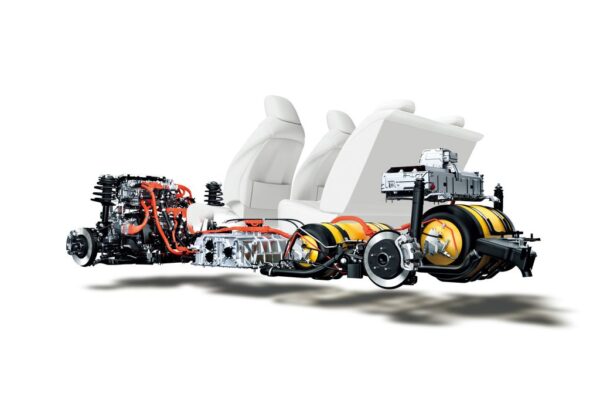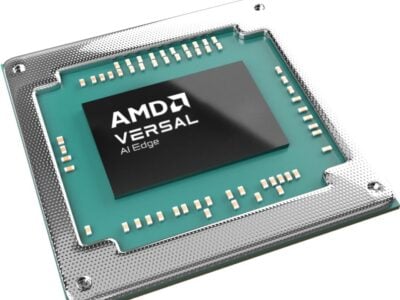
Toyota boosts electric driving: 5.600 fuel cell patents open for free usage
Hydrogen-based fuel cells can serve as energy source for electrically driven vehicles. Like battery-driven cars, these vehicles are not emitting any exhaust gases locally; instead of CO2 and other gases all they emit is H2O – pure water. But unlike their battery-driven counterparts, fuel cell vehicles offer driving ranges comparable to conventional cars with gasoline engines. Many OEMs including Daimler and GM are investing heavily into fuel cell development and have plans to bring the technology to series maturity.
Market and technology leader in this field is Toyota – the Japanese carmaker is the first one to commercially sell such a vehicle. Available since mid-December in Japan, this vehicle named Mirai is scheduled for market entry in Europe and the U.S. by April 2015.
The downside of the fuel cell technology is the lack of an infrastructure: The fuel cell is fed with hydrogen carried along in a tank, much like other fuels such as gasoline or PNG. During the ride, the liquefied hydrogen is used up and needs to be refilled. In contrast to the abovementioned liquids however, hydrogen filling stations are still very rare, and a single vehicle vendor won’t justify the investment to establish such an infrastructure.
To foster the acceptance of the technology and thus to create the critical mass, Toyota aims at starting joint initiatives with other carmakers and energy suppliers. Towards this end, Toyota now has announced to allow the free use of the intellectual property content of some 5.680 patents it is holding globally. In order to benefit from the technologies and methods developed by Toyota, interested parties have to close a contract with the Japanese OEM that defines the usage intentional usage and the usual licence topics.
According to Toyota, the patents in question refer to fuel cell stacks (1.970 patents) and high-pressure hydrogen fuel tanks (290 patents). By far the largest number of patents however (3.350) describes the software necessary to control the processes and reactions in the fuel cell. Enterprises and organisations aiming at establishing a network of filling stations can access and use 70 additional patents dedicated to the design and operation of such fuelling stations.
Toyota’s move reminds much of a similar action by Tesla Motors in mid-2014. The US manufacturer of battery electric vehicles opened up its patents for free use by anyone contributing to the development of such cars. Like the fuel cell technology, the battery technology for electric vehicles urgently depends on scale effects that make batteries better and more affordable.
Increasingly it turns out that both approaches – battery electric vs. fuel cell – are sliding into a competitive position against each other. The outcome of this competition will greatly depend on which camp will be able to mobilise more – and more creative – supporters.
Related articles:
LA Auto Show: Hydrogen fuel cell drive is back
Tesla waives all IP claims to spur electromobility
Tesla targets battery innovation to reduce EV costs
Fuel cell cars on the long march to the market
 If you enjoyed this article, you will like the following ones: don't miss them by subscribing to :
eeNews on Google News
If you enjoyed this article, you will like the following ones: don't miss them by subscribing to :
eeNews on Google News



